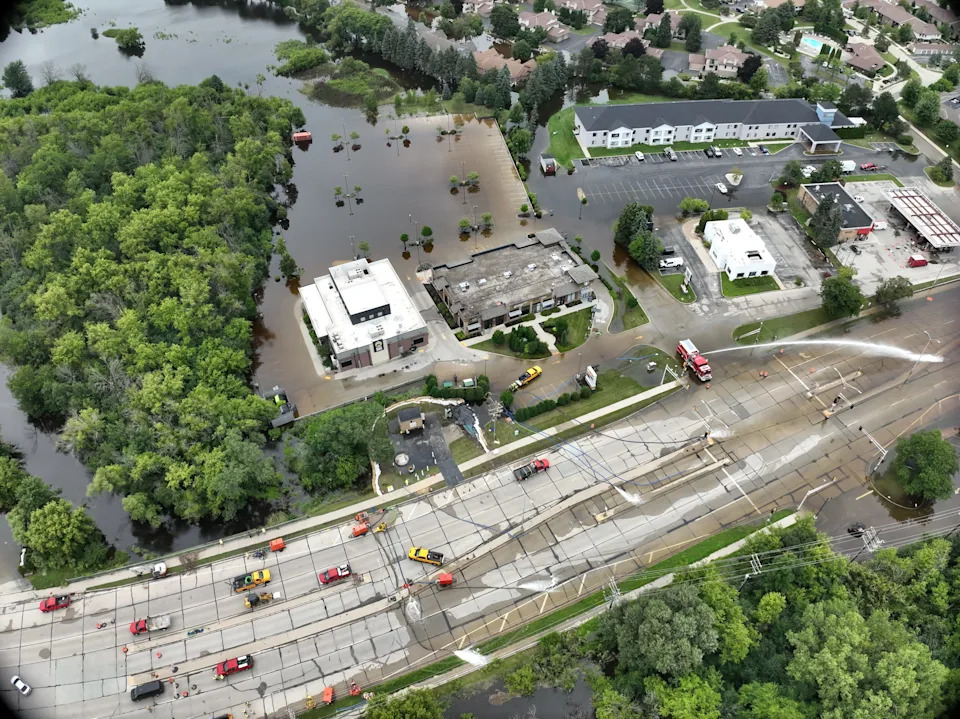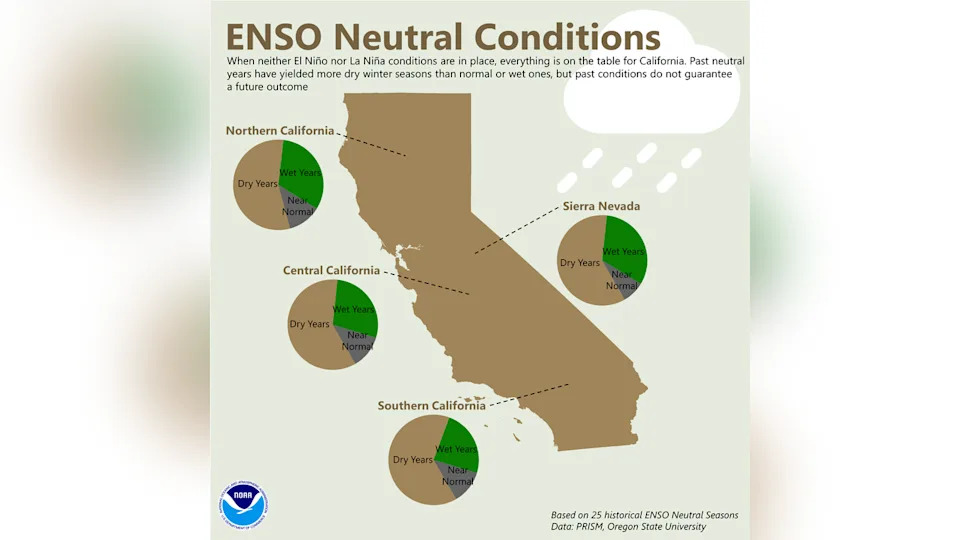A 74-year-old Germantown man died and his 74-year-old wife was taken to the hospital Monday, Aug. 11, after officials detected carbon monoxide in their home, police said.
Germantown police and firefighters responded to a call at 8:30 a.m. of someone being in distress, police chief Patrick Merten said. When they arrived and entered the home, the carbon monoxide detectors the firefighters were wearing went off.

The couple lived in the Riversbend Circle subdivision where residents experienced power outages and flooding on Aug. 12, according to police.
Merten said a generator powering some appliances was inside the homeowner's attached garage. He did not know which appliances, and said the generator could have been used as a backup for a pending power outage.
He added carbon monoxide fumes may have traveled inside the house but that hasn't been determined.
He said an autopsy is being done to confirm the cause of death.
With more people using generators due to the historic flooding this past weekend, Merten said it is important to take precautions.
What is carbon monoxide?
Carbon monoxide is a deadly, colorless, odorless, poisonous gas, according to the United States Consumer Product Safety Commission website. It is created by the burning of items such as coal, charcoal, oil, kerosene, propane, natural gas and wood. Products and equipment powered by internal combustion engines such as portable generators, cars, lawn mowers and power washers also produce carbon monoxide.
How to eliminate carbon monoxide poisoning while using generators?
Merten said people need to make sure generators are only used in an area that is well-ventilated. He said generators should not be used if the garage is closed, and even if the garage is open the fumes can get inside the home. He also said it is important that power cords are not in water as that can cause electrocution.
According to the U.S. Centers of Disease Control and Prevention, a generator should never be used inside the home or garage even if doors and windows are open. In addition, generators should only be used outside and more than 20 feet away from one's home, doors and windows.
Also, according to the CDC, carbon monoxide detectors should be installed near every sleeping area in the home. The detectors should be checked regularly to ensure they are functioning properly.
The CDC recommends checking or replacing the detector’s battery when you change the time on your clocks each spring and fall.
What are the symptoms of carbon monoxide poisoning?
According to the U.S. Consumer Product Safety Commission, the symptoms of carbon monoxide exposure include a headache, fatigue, dizziness, confusion, nausea, shortness of breath and chest pain.
What should you do if you have experienced any of these symptoms?
If someone experiences any of these symptoms, they should go outside the home for fresh air and call the local fire department. A person should not enter until the fire department says the home is safe.
More: What can Wisconsinites keep and what should they throw away after a flood?
More: Flooding can harm health even after water recedes. Here's how to protect yourself.
Cathy Kozlowicz can be reached at 262-361-9132 or [email protected].
This article originally appeared on Milwaukee Journal Sentinel: Germantown man dies due to suspected carbon monoxide poisoning







Comments